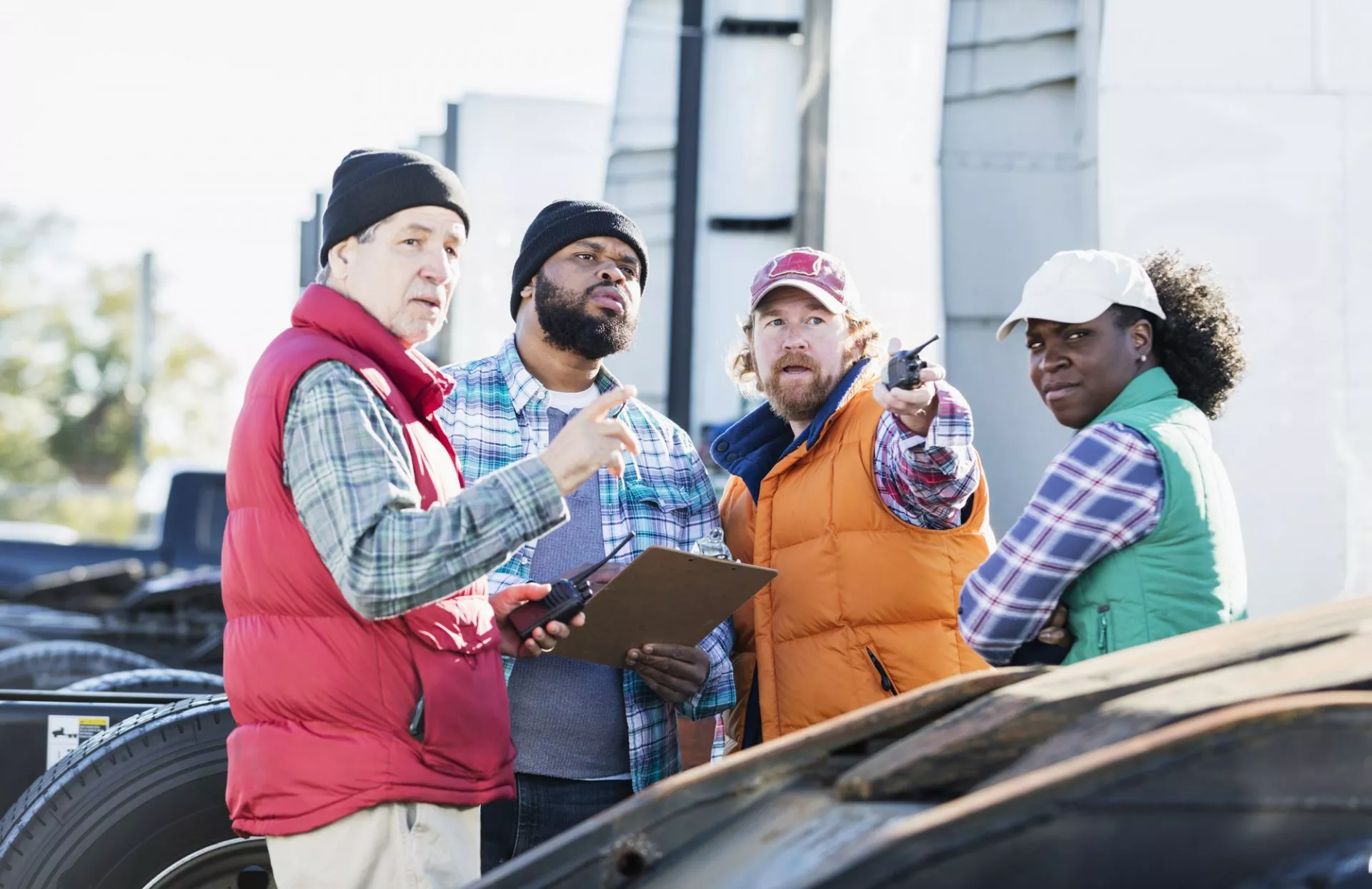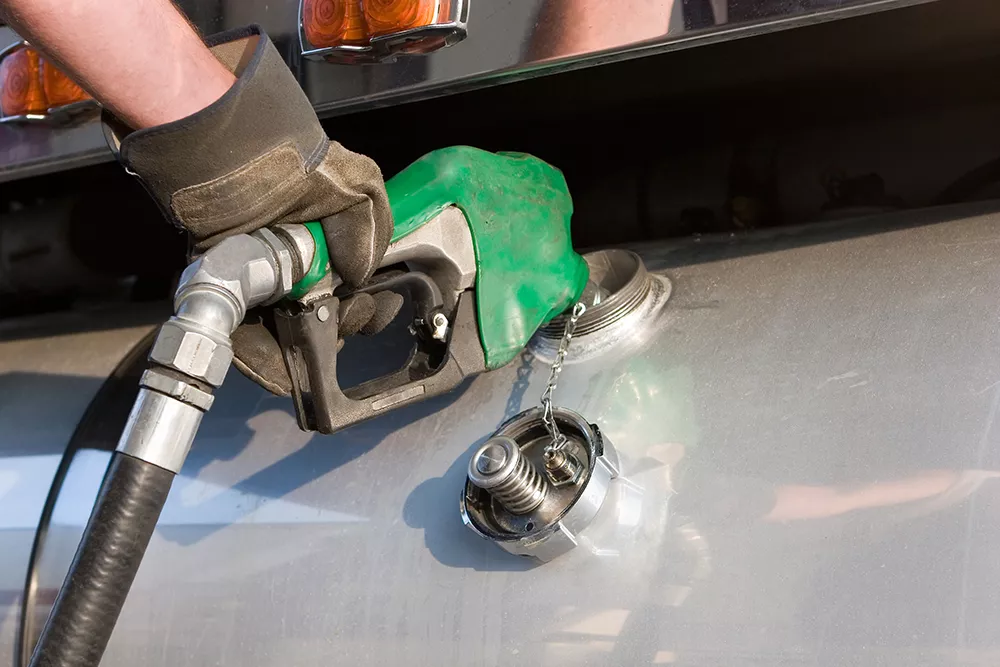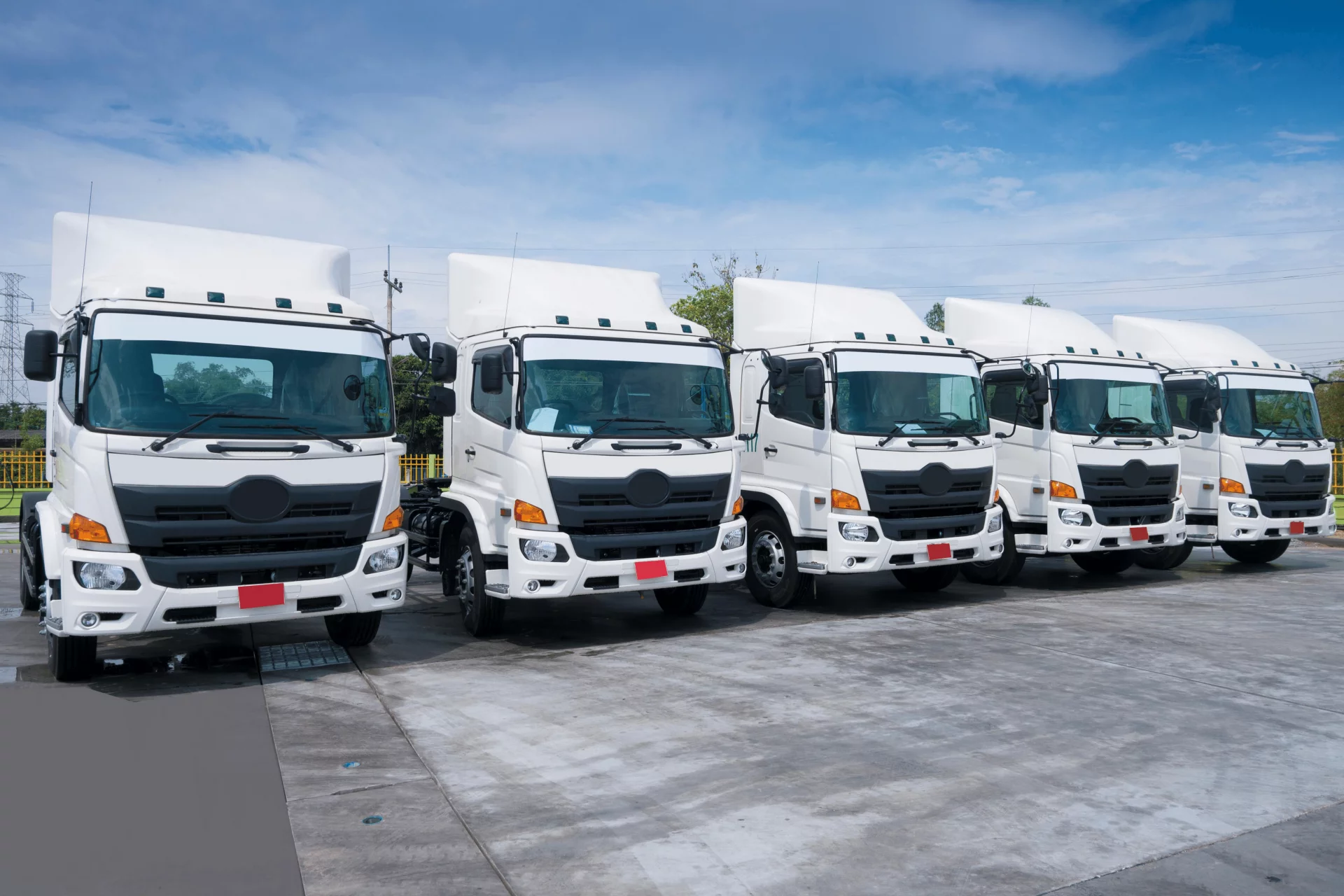At TCS, we’ve helped a lot of folks start up their new trucking company and avoid mistakes. We’ve also come across a good number of cautionary tales. Here’s a quick hit list of those most common mistakes we’ve seen new owners encounter.
1. Failing to incorporate your trucking business before applying for a USDOT and MC number
It may seem a small detail and counter-intuitive to sole-proprietors, but filing your USDOT and MC application under your own name and social security number can actually create more problems than it resolves. It’s not the shortcut to applying that many new trucking business owners think
The Federal Motor Carrier Safety Administration (FMCSA) is an office under the umbrella of the United States Department of Transportation (USDOT.) The FMCSA creates and regulates safety programs for commercial vehicles. Keep this in mind when filing your motor carrier (MC) application: this Federal agency reviews and approved applications for commercial entities, not individuals.
To successfully move through the application process and protect your new trucking company, you’ll need to incorporate your trucking business as a Limited Liability Company (LLC) or other corporation. You’ll likely need to check the availability of your new business name with your secretary of state’s office and file for a fictitious business name.
2. Failing to obtain an EIN before applying for a USDOT and MC number
Even if you plan on running your new trucking company as a sole proprietor, you’ll need an Employer Identification Number (EIN) instead of your social security number for the USDOT registration and MC Number applications. An EIN is a nine-digit number the Internal Revenue Service assigns to a business for tax filing and reporting.
Not sure how to obtain your EIN? TCS can help you get set up with an EIN as part of our managed trucking compliance services.
3. Failing to get the MC authorized within the time limit
Once you complete your application with the USDOT, you’ll be given a USDOT number. This number does not yet authorize you to conduct business or engage in interstate commerce. A common new trucking company mistake is assuming it does.
Along with your new USDOT number, you’ll be issued a PIN. Keep this PIN safe as you will need it to make any changes to your USDOT information on file and will be required to do so any time you make changes to your business (e.g., number of vehicles, types of material hauled, etc.)
What does give you the authority to operate your new trucking company? Your Motor Carrier (MC) number issued by the FMCSA. But here is where we see new operators make a big mistake. They fail to complete the two next steps needed to make that MC number valid within the required timeframe.
Once you are issued an MC number, you have 20 days to file a BOC-3 and prove you have proper insurance. Even completing these requirements takes a bit of patience. It will take approximately 2-3 weeks once you submit the documentation to FMCSA for your operating authority to become active. You should receive your motor carrier authority certificate in the mail approximately four weeks after submitting documentation.
The key takeaway: Unless your MC number is active and your BOC-3 and insurance are on record with the FMCSA, you are not authorized to participate in Interstate Commerce.
4. Breaking the rules
Among other new trucking company mistakes, it’s not enough to have submitted your application for your USDOT and MC Number. You’ll need to have passed the vetting and approval process before taking certain aspects of your trucking business on the road. For example, crossing state lines while for-hire before the MC number is officially active can result in a fine of up to $10,000.
5. Not being prepared for the next step after submitting an application
Even if you managed to complete all the necessary steps to file an application with the USDOT and FMCSA successfully, a common trucking company mistake is to be woefully unprepared for what comes next.
After the new entrant submits their application to the FMCSA, the agency then confirms that the application is complete. Once considered complete, the agency then vets the company via a Pre-Authorization Safety Audit (PASA) to confirm the safety and security of the new company’s operations.
The goal of the PASA is to confirm that the new company applicant has appropriate safety management systems in place and complies with the critical Federal Motor Carrier Safety Regulations. These regulations include driver licensing standards and controlled substances and alcohol testing, minimum levels of financial responsibility for the motor carrier, inspection repair, and maintenance for safe operations, just to name a few.
6. Not getting professional help when you need it
So what’s the best way to avoid these new trucking company mistakes – and more? Adopt the Boy Scout motto. Be prepared. It also doesn’t hurt to hire a compliance specialist to help you prepare and avoid those costly missteps. While not as difficult as climbing Mt. Everest, jumping through the right USDOT and FMCSA hoops can be daunting. Having a compliance specialist as a “Sherpa” to help set you up on the right path, and keep you there, can pay off in dividends. A compliance specialist can leverage their cumulative experience to help you get authorized more quickly and start you off with a turnkey process for keeping in compliance moving forward.



